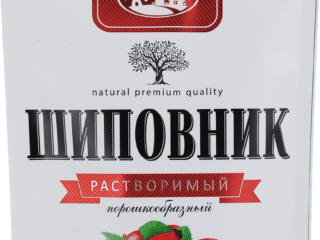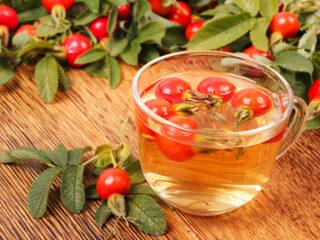Content
- 1 What does the rosehip root look like?
- 2 Chemical composition
- 3 What does the rosehip root help from and what is useful for the human body
- 4 How to properly cook and brew rosehip root
- 5 How to eat and drink rosehip root
- 5.1 Rosehip root for prostate stones
- 5.2 From hepatitis
- 5.3 Rosehip root for gallstones
- 5.4 With cystitis
- 5.5 With kidney stones
- 5.6 Rosehip root for prostatitis
- 5.7 Rosehip root to boost immunity
- 5.8 With hypertension
- 5.9 For fungal infections of the skin and nails
- 5.10 From uterine bleeding
- 5.11 With malignant tumors
- 5.12 Normalization of metabolic processes
- 5.13 Refreshing the oral cavity
- 6 Application in cosmetology
- 7 Contraindications to the use of rosehip root
- 8 Conclusion
- 9 Reviews of the medicinal properties of rosehip root from stones
Rosehip is a popular and well-studied herb used in traditional and alternative medicine. The healing qualities are usually attributed to the fruit. However, for the treatment and prevention of various diseases, not only the aerial parts of the shrub are used. The medicinal properties of rosehip root and contraindications must be taken into account when using funds based on it. This will increase their effectiveness and minimize the risk of adverse reactions.
What does the rosehip root look like?
The plant belongs to the Pink family. Leaves, fruits and rosehip root were actively used by Avicenna during the formation of medicine. It has been proven that the medicinal properties of the culture make it possible to carry out therapy and prevention of even the most severe somatic diseases.
The plant has a developed root system. However, for medicinal purposes, only small appendages are used. The main root lies at a depth of about 3 m. It has no healing properties.
Raw materials can be harvested either in late autumn or early spring before the beginning of the growing season. During digging, it is important not to damage the roots. To prevent the death of the rosehip, part of the tubers is removed from the right or left side.
Before use, the root appendages are washed, crushed and dried in a dark place. Raw materials can be stored in paper bags, boxes or glassware for up to two years.
Chemical composition
The benefits of rosehip roots are due to the incoming medicinal components. Among the substances important for health present in raw materials, there are:
- thiamine;
- riboflavin;
- folic acid;
- pectins;
- vitamin K;
- retinol;
- magnesium;
- potassium;
- iron;
- manganese.
Root appendages are rich in tannins.
What does the rosehip root help from and what is useful for the human body
The medicinal properties of raw materials were first described by the ancient Greek scientist Theophrastus. It has been found that the use of products made from rosehip root contributes to:
- increased immunity and physical activity;
- normalization of metabolic processes;
- improving brain function;
- vasodilation.
Aqueous solutions have a diverse effect. The usefulness of rosehip root is manifested in the following properties:
- anti-inflammatory;
- antibacterial;
- choleretic;
- astringent;
- antidiabetic.
It is advisable to use dosage forms based on rosehip root appendages for the following pathologies:
- digestive disorders, diarrhea;
- inflammation of the urinary tract;
- joint diseases, for example, bursitis, rheumatism, polyarthritis;
- gout;
- hypertension;
- uterine bleeding;
- eczema, psoriasis, dermatitis.
Decoctions, infusions of their rosehip root are prescribed for poisoning. Aqueous solutions help to remove toxic substances from the body and restore the water-salt balance.
Healing properties of rosehip root with stones
Pathology is caused by a violation of metabolic processes and non-compliance with the diet. The use of wild rose rhizomes is indicated for kidney and gallbladder stones. This is due to the effect of medicinal compounds on formations. Therapeutic courses contribute to the gradual dissolution of stones, the elimination of pain.

Rosehip roots help only with small calcification
What is useful for men
It is known that the risk of developing heart and vascular diseases in men is higher than in women. Products made from rosehip root gently affect the circulatory system. Their regular intake strengthens the vascular wall. Prevention of gout, which often affects men, is essential. The use of medicinal infusions and tinctures increases efficiency.
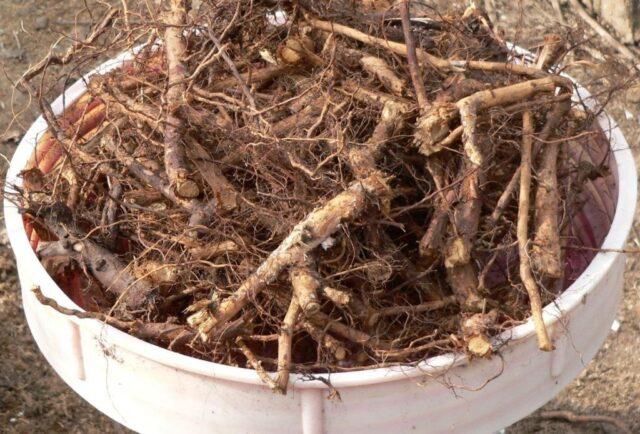
Rosehip root has a positive effect on the state of the reproductive system
What is useful for women
Rosehip root is recommended in the presence of gynecological pathologies. These include:
- uterine bleeding;
- inflammatory processes of the organs of the reproductive system.
Means made on the basis of medicinal raw materials help to increase immunity. This is essential during pregnancy and during menopause.

External use of decoctions and infusions allows you to solve a number of cosmetic problems associated with the condition of the skin and hair.
Benefits for children
Rosehip root is called a storehouse of nutrients. The valuable components included in the raw materials contribute to the harmonious development of the child's body.
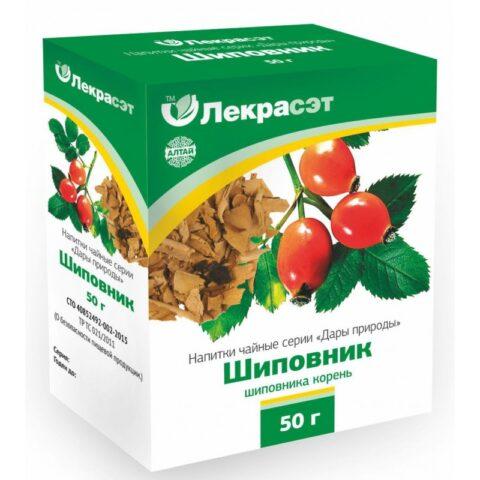
The inclusion of a drink from root appendages in the diet helps to increase immunity, which is especially important in the autumn-spring period
How to properly cook and brew rosehip root
Raw materials are used for the preparation of water and alcohol solutions. The drugs are highly effective.
How to make a rosehip root decoction
The tool has anti-inflammatory effects. This is due to the significant concentration of valuable substances in the composition.
The broth includes the following ingredients:
- 1 dried wild rose root;
- 500 ml of water.
The preparation procedure for the potion is quite simple:
- The root is cut into small pieces.
- Raw materials are poured with cold water.
- The mixture is simmered after boiling for ten minutes.
- The resulting broth is poured into a thermos for infusion for 15 minutes.
- The drink is cooled and filtered before drinking.

A decoction of rosehip roots is prescribed for the treatment of inflammatory processes
Tea
The drink helps with a decrease in immunity. It can be used to prevent vitamin deficiencies.
To make tea, you need the following ingredients:
- 1 tsp raw materials;
- 1 tbsp. boiling water.
The drink is made as follows:
- Rosehip roots are ground in a blender.
- The resulting powder is placed in a cup and poured over with boiling water.
- Tea is infused for ten minutes before drinking it.
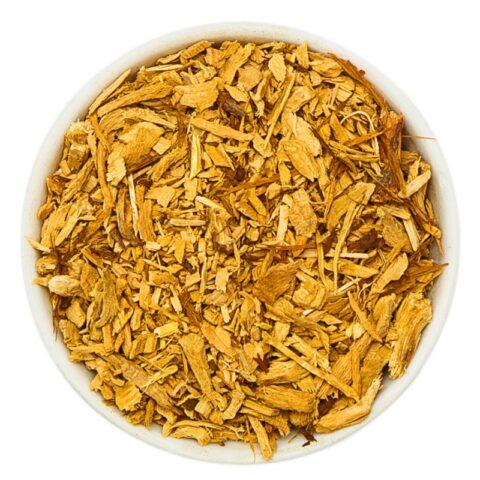
Rosehip root tea saturates a weakened body with essential vitamins and valuable substances
Infusion
There are several options for making a healthy drink. The choice of a specific formulation depends on the indications for use.
To prepare the infusion, use:
- 1 tsp raw materials;
- 1 tbsp. boiling water.
To make a drink, follow the instructions:
- Raw materials are crushed with a knife, coffee grinder.
- The rhizomes are poured with the required amount of boiling water.
- The remedy is insisted for three hours.

Infusion of wild rose rhizomes can be prepared in a thermos
Tincture
Valuable substances have good solubility in alcohol. To make a useful tool, the following components are used:
- crushed wild rose rhizomes - 50 g;
- citrus zest - 10 g;
- ground coffee - 1 pinch;
- vodka - 50 ml;
- sugar syrup - 1 tbsp. l.
Instructions for making rosehip root tincture include the following steps:
- Raw materials are mixed in glass containers.
- The composition is poured with an alcohol solution.
- The mixture is shaken.
- The container is removed for two weeks in a dark and dry place.
- After the specified time, the agent is filtered, sugar syrup is added.
- The liquid is poured into an infusion bottle for three days.
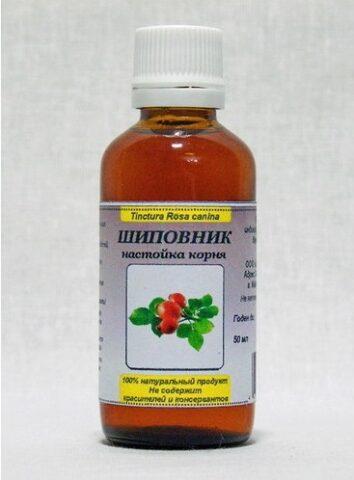
Tincture of wild rose roots is drunk 15 ml per day
Baths
Decoctions can be added to bath water. The tool includes:
- chopped root - 6 tbsp. l .;
- boiling water - 3 liters.
The broth is prepared as follows:
- Raw materials are poured with boiling water.
- The composition is simmered over low heat for three hours.
- The agent is infused for an hour and filtered.
- The drug is poured into bath water.
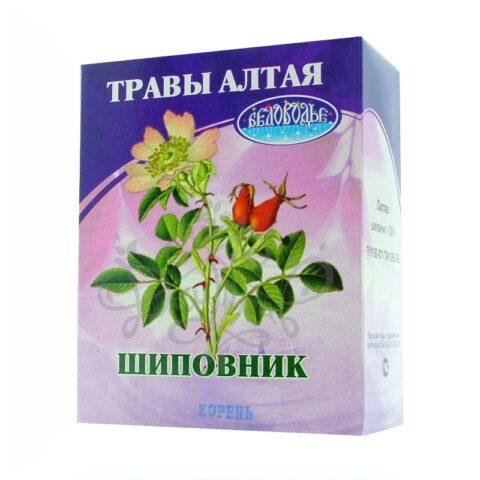
A decoction of rosehip roots is used for taking medicinal baths for skin diseases
Compresses
Decoctions, infusions and tinctures are also intended for external use. Dosage forms have anti-inflammatory properties that are used to treat diseases of the joints and skin.
To prepare an external remedy, take:
- crushed raw materials - 2 tbsp. l .;
- boiling water - 1 liter.
The step-by-step instructions include the following steps:
- The roots of a wild rose are poured into an enamel pan and poured with boiling water
- The product is simmered on low heat for three hours.
- The composition is insisted for an hour, and then filtered.
- The bandage is impregnated with the resulting broth and applied to the sore spot.
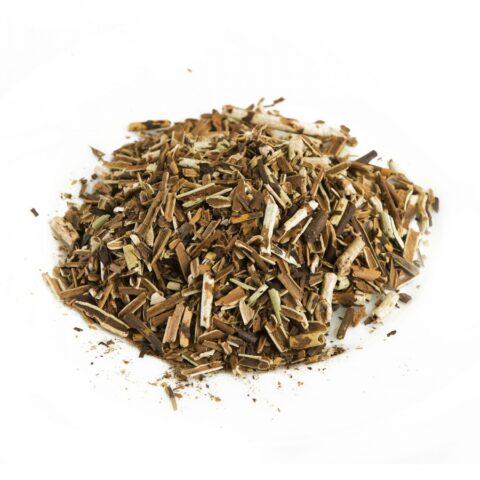
Compresses with wild rose root appendages are advisable to use for gout, arthritis and arthrosis
How to eat and drink rosehip root
In folk medicine, there are many options for using medicinal raw materials. Aqueous solutions are intended for both internal and external use.
Rosehip root for prostate stones
The launched inflammatory process of the prostate gland is dangerous by the formation of solid salt deposits. Stones in the prostate are the cause of severe pain.
In the initial stages, you can use a decoction of rosehip roots to help get rid of prostate calcifications. To prepare it you need to take:
- crushed raw materials - 2 tbsp. l .;
- hot water - 400 ml.
The broth is made as follows:
- The rhizomes are poured with water.
- The composition is simmered in a water bath for five minutes.
- The product is cooled and filtered.
The drug is drunk on an empty stomach, 70 ml once a day.
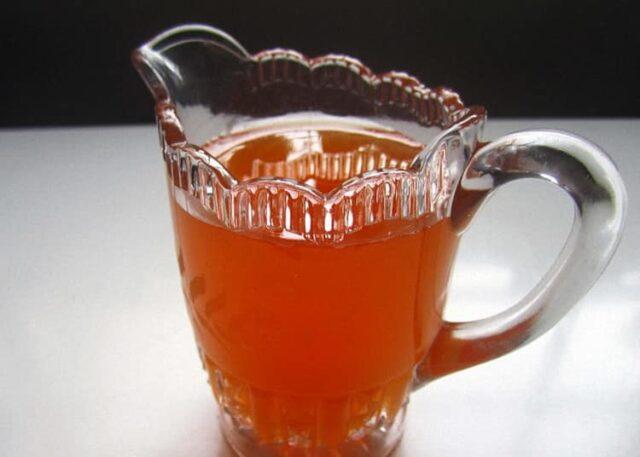
A decoction of rosehip roots is used after consulting a doctor
From hepatitis
Root appendages are used to treat diseases of both a viral nature and a chronic course. To prepare a useful remedy, you need to take:
- 250 ml boiling water;
- 2-3 tsp raw materials.
To make a decoction, you must follow the instructions:
- Dry rosehip roots are poured with boiling water.
- The composition is simmered over low heat for 15 minutes.
- The drink is insisted for half an hour.
The broth should be drunk twice daily:
- in the morning on an empty stomach;
- at one in the morning.
The therapeutic course is two months. Then you should take a break for 30 days.

Rosehip roots help to eliminate the harmful effects of antibacterial agents and remove poisons from the body
Rosehip root for gallstones
Pathology requires adherence to a diet. To relieve the condition and eliminate stones, you can use a recipe for a decoction of rosehip root. To make a healing agent, take:
- water - 1 l;
- raw material - 120 g.
The cooking process includes the following steps:
- Root appendages are filled with water.
- The composition is brought to a boil and simmered over low heat for another 20 minutes.
- The tool is insisted for eight hours.
Strain the broth before use. It is taken three times a day before meals. The dosage is 40 ml.
The course of therapy for gallstones lasts up to four weeks
With cystitis
Inflammation of the bladder is accompanied by pain in the lower abdomen and the presence of a feeling of incomplete emptying. To eliminate signs of cystitis, it is preferable to use the root appendages of the rose hips, rather than the fruits.
To make a decoction, you need to take the following components:
- water - 500 ml;
- raw materials - 4 tbsp. l.
The preparation procedure for the medicinal product is simple:
- Crushed rosehip roots are poured with water.
- The composition is simmered in a water bath for 20 minutes.
- The broth is cooled and filtered.
The drink is consumed three times a day. It is taken before meals.
A decoction of rosehip roots helps cleanse the bladder from pathogenic microorganisms.
With kidney stones
The paired organ is adversely affected by disruptions in metabolic processes, malnutrition. Deficiency of physical activity, salt abuse leads to the formation of kidney stones.
To normalize the work of the urinary system, it is recommended to drink a decoction, including the root appendages of the rosehip. To prepare it, take:
- 1 tbsp. boiling water;
- 2 tbsp. l. raw materials.
To make a decoction, they are guided by the following algorithm of actions:
- Rosehip roots are crushed in a blender or coffee grinder.
- Raw materials are poured with water and simmered for a quarter of an hour over low heat.
- The product is filtered after cooling.
The broth is drunk three times a day in a warm form. The drink helps dissolve stones.

Both fresh and dry rosehip roots are suitable for eliminating kidney stones.
Treatment should be carried out under the supervision of a physician who recommends the required dosage of the beneficial agent. The therapeutic course can last a month or more
Rosehip root for prostatitis
Drinks based on raw materials perfectly relieve the inflammatory process in the early stages. The healing agent includes the following components:
- 3 tbsp. l. dry and crushed rosehip roots;
- 300 ml of warm water.
The broth is prepared like this:
- The raw materials must be filled with water.
- The composition is simmered over low heat for five minutes.
- The liquid is cooled and filtered before use.
The drug is drunk in 70 ml on an empty stomach before meals.
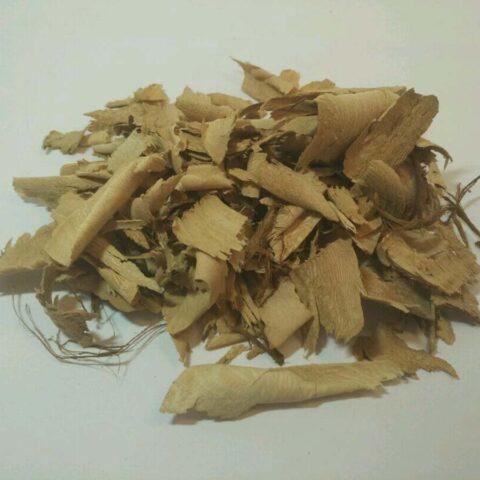
The therapeutic course is six months
Rosehip root to boost immunity
Often, a medicinal decoction is recommended for the treatment and prevention of seasonal vitamin deficiencies. For its preparation use:
- boiling water - 400 ml;
- root appendages - 40 g.
The preparation of the broth includes the following steps:
- The roots are poured with boiling water.
- The mixture is placed in a water bath.
- The product is simmered for 15 minutes over low heat.
- The cooked broth is removed from the stove, wrapped in a towel and insisted for five hours.
Filter the broth before use. The remedy is taken four times a day. The dosage is 100 ml.
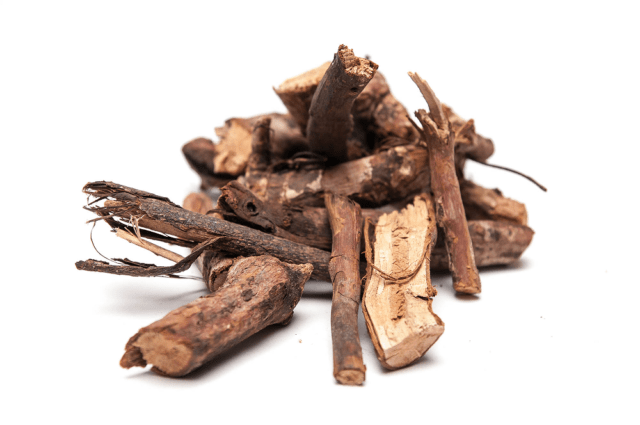
The course of therapy with a decoction of rosehip roots is two weeks
With hypertension
High blood pressure is referred to as a common pathology. Rosehip root appendages are distinguished by hypotensive properties.
A decoction to eliminate hypotension includes:
- 500 ml of water;
- 1 tbsp. l. crushed roots.
The tool is prepared as follows:
- The raw material should be filled with water.
- The mixture is boiled for five minutes.
- The broth is infused for three hours.
The drink is intended to be consumed warm.The resulting broth is divided into three parts and drunk during the day.

To normalize pressure, it is advisable to prepare a decoction of fresh rosehip roots
For fungal infections of the skin and nails
To eliminate pathology, use an infusion. To make it, take the following components:
- water - 300 ml;
- dried rosehip roots - 20 g.
The preparation of the infusion includes the following steps:
- The raw materials must be filled with water.
- The mixture is boiled for 20 minutes over low heat.
- The drink is insisted for eight hours.
- Filter the product before use.
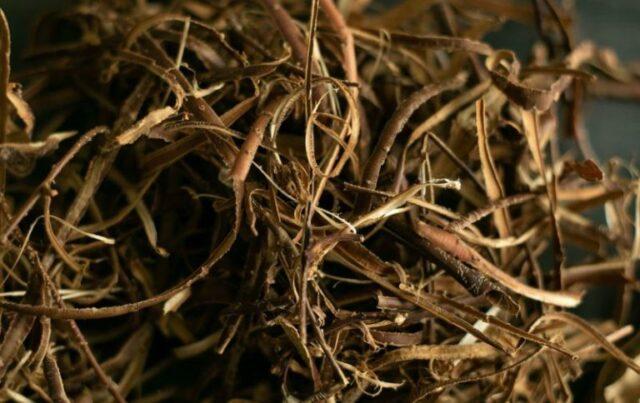
Rosehip root infusion is drunk 50 ml a quarter of an hour before meals
From uterine bleeding
For dysfunction of the reproductive system, you can use a popular recipe. It includes the following ingredients:
- water - 2 tbsp.;
- root appendages - 2 tbsp. l.
The process of preparing the broth is simple and affordable:
- The roots of a wild rose should be filled with water.
- The composition is boiled for 15 minutes.
- The container with the drug is wrapped in a blanket and insisted for three hours.
- Filter the product before use.
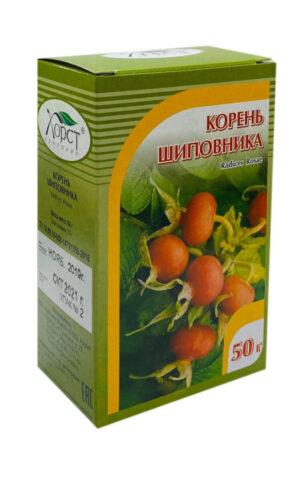
To eliminate uterine bleeding, a decoction of rosehip roots is drunk three times a day.
With malignant tumors
Wild rose prevents cancer cells from dividing. Root appendages can be used as part of the complex therapy of oncopathologies.
To prepare a useful potion, take:
- boiling water - 1 l;
- chopped roots - 40 g.
The infusion is done like this:
- Raw materials are poured into a thermos and filled with boiled water.
- The product can be used after straining after three hours during the day in small portions.
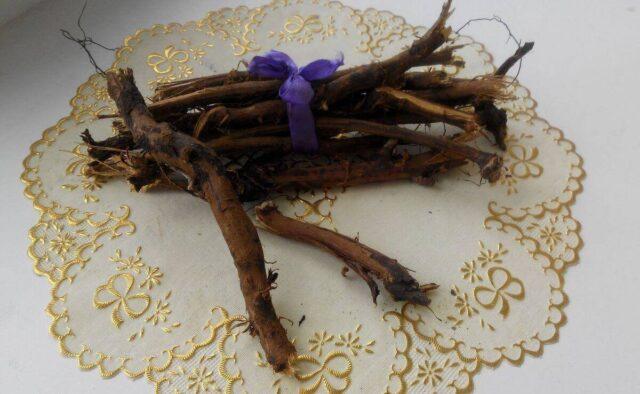
The advantage of using products based on wild rose roots is that there are no side effects
Normalization of metabolic processes
A decoction of rosehip root appendages contributes to weight correction, which is due to an improvement in metabolism. The tool is prepared using the following components:
- water - 0.5 l;
- wild rose rhizomes - 2 tbsp. l.
To make a decoction, you need to focus on the following steps:
- The raw materials are poured with the required amount of water.
- The composition is brought to a boil.
- The product is simmered over low heat for 15 minutes.
- The drug is insisted for two hours and filtered.
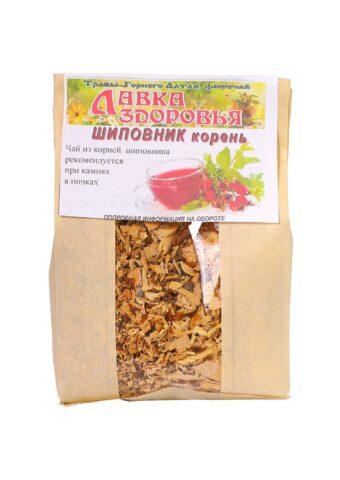
A decoction of the roots of a wild rose is drunk three times a day before meals.
Refreshing the oral cavity
Rosehip rhizomes have anti-inflammatory and antibacterial effects. Rinsing the mouth with an infusion of wild rose raw materials helps to eliminate unpleasant odor, inflammation of the gums caused by pathogenic microorganisms.
The tool includes:
- root appendages in the form of a powder - 1 tsp;
- warm boiled water - 1 tbsp.
The drug is prepared as follows:
- The crushed roots are poured with water.
- The product is left overnight.
- In the morning, the composition is filtered and used for rinsing.
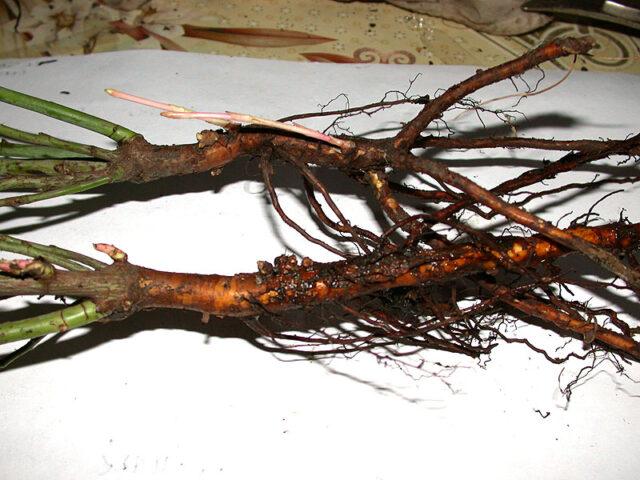
The use of an infusion of wild rose rhizomes contributes to the disinfection of the oral cavity
Application in cosmetology
Decoctions are actively used to preserve the beauty and youth of the skin and hair. Rosehip root products are suitable for rinsing curls after washing. They make the strands soft and silky.
The infusion and tincture can be used as a refreshing tonic. These formulations help to eliminate acne through anti-inflammatory and antibacterial effects. Good results can be expected from the use of cosmetic ice. Linden flowers, chamomile and rosemary essential oils can be added to the broth to the roots of the rosehip.
Contraindications to the use of rosehip root
Any drug can be harmful if misused. Rosehip root is no exception. To consume inside and apply externally decoctions and infusions based on medicinal raw materials should be exclusively after consultation with a specialist.In the process of preparing aqueous solutions, it is important to strictly observe the recommended proportions.
Drinks from rosehip root appendages are taken with caution in diseases of the heart and blood vessels. It is contraindicated to abuse water infusions based on medicinal raw materials. Rosehip roots are rich in tannins, which can cause stool disorder.
Infusions and decoctions are prohibited for use in diseases of the genitourinary system in an acute form. Among the contraindications are also called:
- allergies and reactions of individual intolerance;
- violation in blood coagulation;
- hypotension.
Conclusion
The medicinal properties of rosehip root and contraindications should be carefully studied before preparing and using products based on it. Natural raw materials have anti-inflammatory, diuretic, analgesic, antibacterial properties. Root appendages of the wild rose help with gynecological and urological diseases, skin and joint diseases.
Reviews of the medicinal properties of rosehip root from stones
The use of medicinal raw materials is proven by scientific research. Reviews contain information about the effectiveness of using rosehip root for various diseases.

